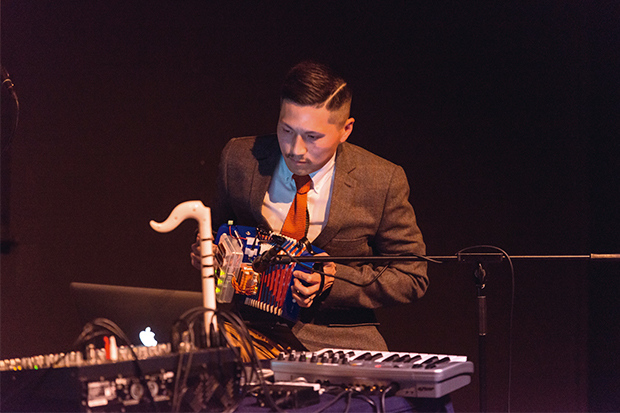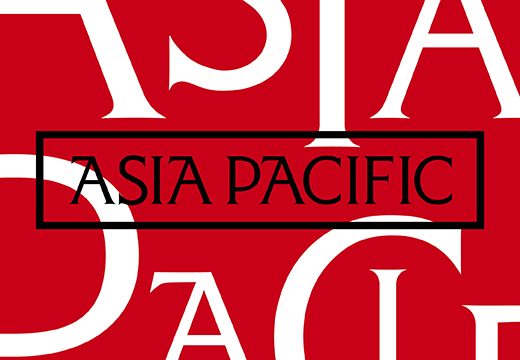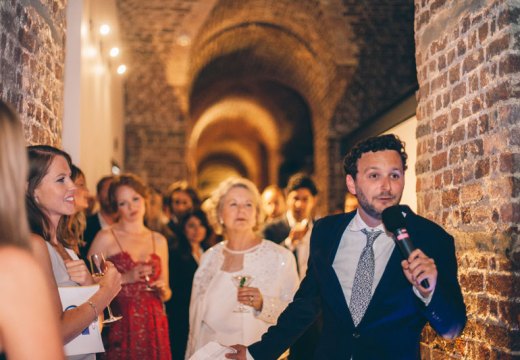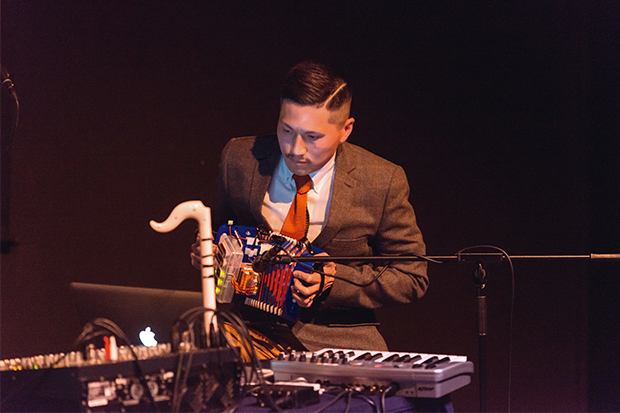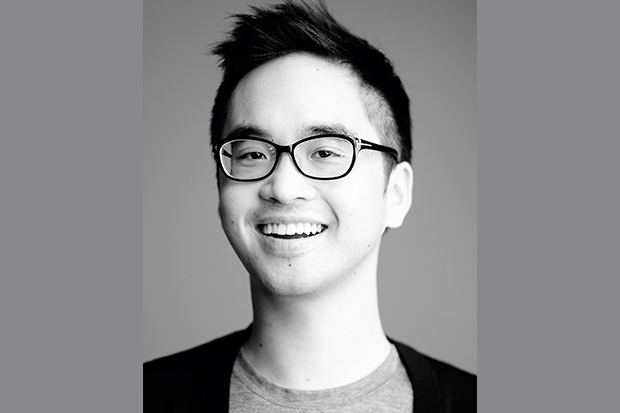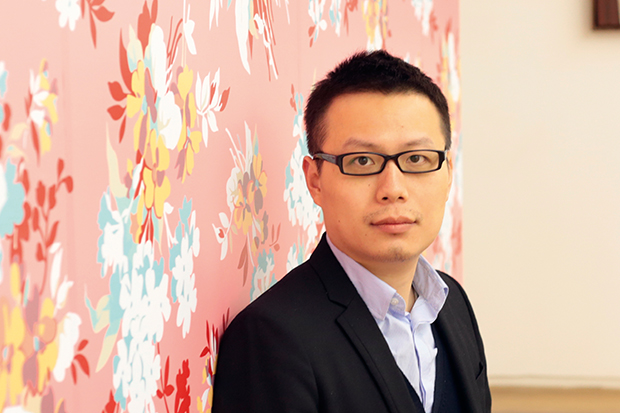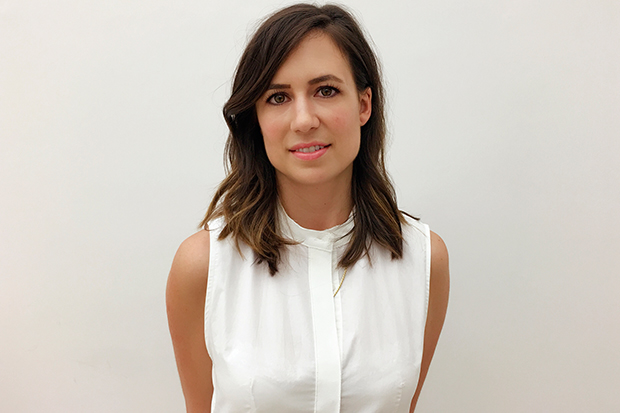Hong Kong
The artist and composer Samson Young, who will represent Hong Kong at the 2017 Venice Biennale, is among the most talented of an emerging generation of artists working with sound. With a formal education in musical composition, Young first became involved in the visual arts during a break in his graduate studies, joining a loose collective of writers and artists for whose installations he was invited to compose music. Soon, he says, ‘we started to swap roles,’ so that on moving to the US (to complete his PhD at Princeton, under the electronic music pioneer Paul Lansky) he decided that, rather than attempt to pull together a new group of people with comparably diverse talents, it was simply ‘easier for me to learn how to do those things myself’. Since then he has created a body of politically charged work that adapts the method-ologies of the musical avant-garde to explore contemporary issues around power and identity, notably the cultural and political tensions between East and West.
Young, who continues to compose for the concert hall, adapts his work to suit the different ways that an audience is conditioned to behave in the gallery space. While a sym-phony hall offers a captive audience, prepared for two hours to forswear all other sensory experience (movement, touch, and – perhaps mistakenly – sight) in favour of total immersion in sound, the gallery ‘offers the opportunity to present different paradigms of hearing’, meaning that the artist can explore how sound engages with, and overlaps into, the other senses. His visual art practice is characterised by the conscious dissolution of these boundaries between media that traditionally appeal to discrete senses: sounds are trans-lated into images and objects, and vice versa.
For Nocturne (2015), part of ‘Pastoral Music’, his recent exhibition at Team Gallery in New York, Young spent six hours a day behind a desk cluttered with unconventional instruments, turning moving images into sound. The score which he tasked himself with interpreting, running on a monitor in front of him, was a silent video compilation of American military assaults on targets in the Middle East. At his disposal was an array of objects such as those used to produce sound effects for radio dramas – a bass drum, a thunder sheet, rice, corn flakes, a wind chime, and a number of shortwave radios among them. Each day resulted in a different soundtrack, an expression of the relationship between pictures and sound as mediated by the artist. For Liquid Borders (2012–14), Young travelled to the no-man’s-land that separates China and Hong Kong – sometimes armed with a permit, sometimes trespassing – and used a contact microphone to record the vibration of the fencing along the border. Those sounds were compiled into a composition, and then transcribed into graphical notations, conflating process-based, ritual, performance, sound, and visual expression.
Indeed sound art – a broad term reaching from the more ostensibly ‘musical’ tradition on which Young draws to the experiments in forensic sound practised by Lawrence Abu Hamdan – is enjoying a moment in the contemporary art world. An analogy can be drawn with the breakthrough of video art (another medium once thought to be irretrievably non-commercial) into the mainstream gallery system in the late 1980s. In both cases, artists were forced to develop new strategies appropriate to the presentation of their work to an audience that was no longer static but inclined to move around the space, entering and exiting at will, exercising their own decisions in response to the work. Faced with that conundrum, Young talks of ‘looking back into history’ for pointers, noting that when music was played in salons the audience was afforded the opportunity to walk around uniformed musicians. The musicians were in this sense a ‘sculptural object’, something ‘to be looked at as much as listened to’, and Young talks passionately about attempting to reclaim the idea that it is possible to listen at the same time as looking.
Young describes the tension between his education in the classical tradition of European music and his experience as a Hong Kong national living in Australia and America as both difficult to negotiate and creatively productive. He remembers how ‘weird’ it was to take a class at the University of Sydney in ‘Asian music’, and how surprising that this should have offered him his first exposure to much music excluded from the Western canon. Yet the tension between the sense of his own identity and the classical training (‘I cannot unlearn what I’ve learned’) is, as he describes it, a productive one. The task is not to deny that history but instead to hitch it to the cause of progress, recognising that the best way to ‘move it forward is to acknowledge the past’.
Unlimited access from just $16 every 3 months
Subscribe to get unlimited and exclusive access to the top art stories, interviews and exhibition reviews.

